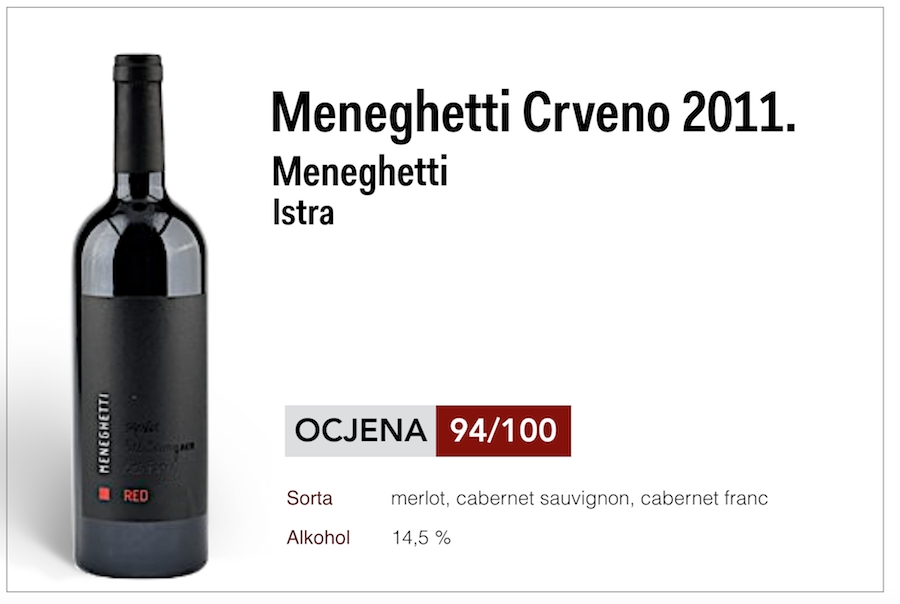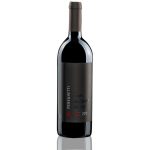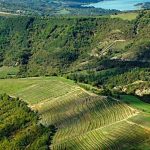It is hard to forget a night in November in the centre of Istria some ten years ago. We sat until four in the morning with Miro Plišo, founder of the Stancija, winery and oilery Meneghetti and Aleš Kristančič, owner of legendary Slovenian Movia. Plišo had hired Kristančič to make the first wines of the Meneghetti brand.
The first Meneghetti Red was more than excellent, so we published in Jutarnji List a large article with a title claiming the “best Istrian red wine was made by a Bosnian and Slovenian.” The wine immediately became an absolute hit both in restaurants and with consumers, despite a “lawyer’s” price. It was a time before the crisis, when price was not an issue. The white wine, unfortunately, turned out rather poor, with an unbridled influence of new oak and too soft a structure. A decade later everything has changed.
Meneghetti went from a semi-private villa to the best Istrian hotel, the white cuvee sells very well in better restaurants across the country, the red is too expensive for many, while the Meneghetti sparkling from 2014 turned out seriously good, as far as it is possible to make a good sparkling in Istria. Everything changed, except the Meneghetti Red 2011, just coming to the market, reminded us of the first and so far most impressive harvest.
The Meneghetti Red 2011 is a cuvee of Merlot, Cabernet Sauvignon and Cabernet Franc, which combined the saltiness of Merlot, strictness and tannins of Cabernet Sauvignon and flowery-herbal aroma of Cabernet Franc. It is a solidly structured, authoritarian wine, plentiful on the middle palate, with finely granulated, ripe tannins and a long, sweet aftertaste, optimally appended to the feeling of tannins on the tongue. Meneghetti Red 2011 belongs among the best red wines currently available in Croatia, together with Brombonera 2013, Stagnum 2003 and 2007 and St. Hills Dingač (with a close second for Babić by Gracin, Boškinac and Punta Greca, as well as Gran Teran from one of the older harvests).
Just before the red Meneghetti we tasted the Dubrovnik Malvazija of the Glavić House, also produced in Meneghetti winery. The Dubrovnik Malvazija, internationally known under the name Malvasia di Lipari, has grapes that are drastically different than the Istrian Malvazija, often used for the production of sweet wines due to its tendencies for high sugars. One of the earlier harvest of Glavić Malvazija received over 90 points in the Austrian magazine Falstaff.
The 2016 harvest is much fresher than previous editions of this very good wine. But even this fresh version has kept the typical honey scent and herbal-honey aftertaste, characteristic for Dubrovnik Malvazija. It is a moderately rich, aromatic and fresh wine with an atypical mineral note, which can function great even in summer heat, and as a chaperone for serious cuisine. As we wrote last year, it is high time for Dubrovnik caterers to accept Dubrovnik Malvazija (from Glavić and others) as their natural domestic wine.
For the original and more from Plava Kamenica, click here.











